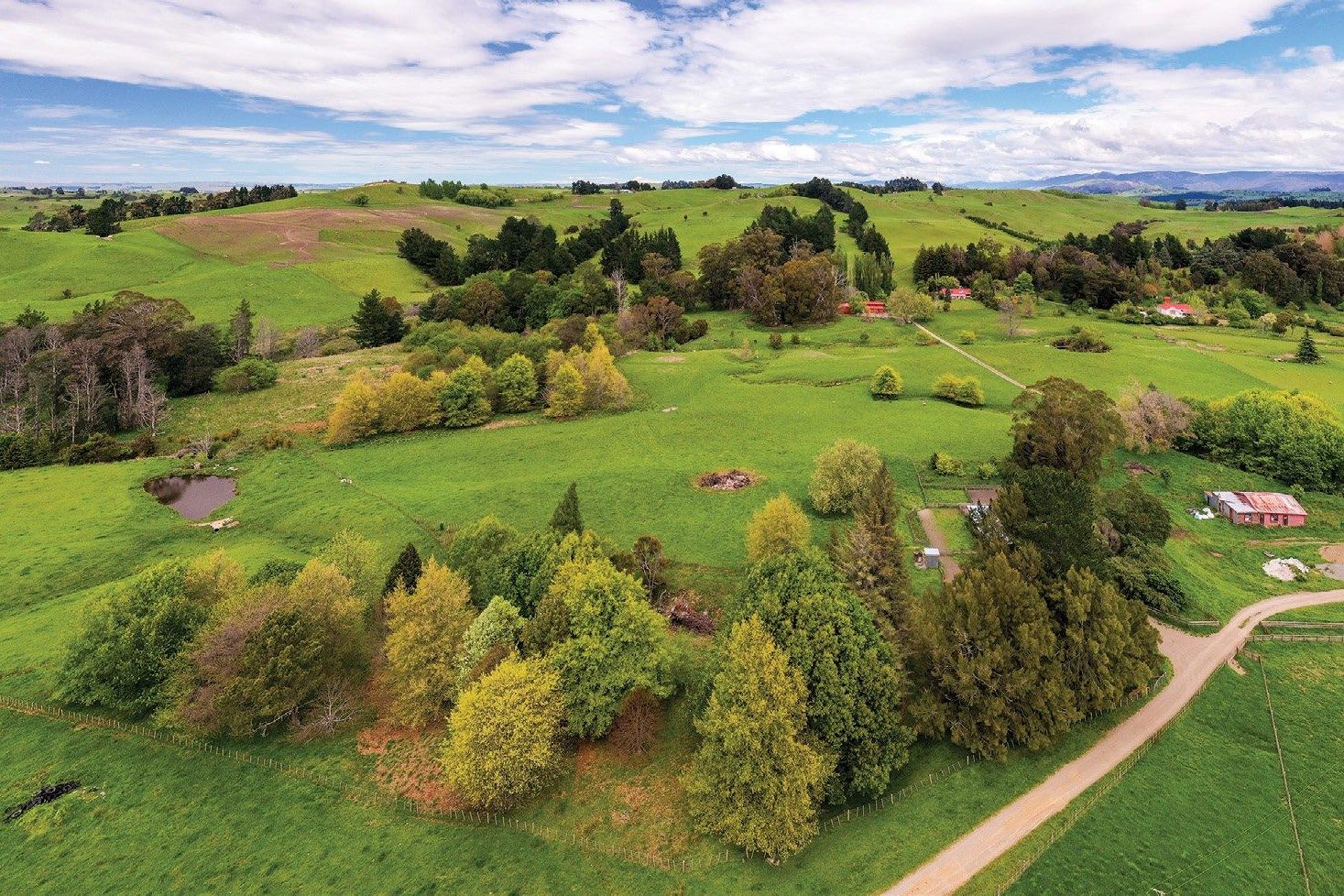Why plant natives?
Trees don’t have to all be green, writes Peter Arthur who enjoys the colours of deciduous species.

All trees soak up CO2 while they are growing but it seems we are getting bogged down in pettifogging detail trying to decide which are eligible for carbon credits and which are not.

I gather $145 million has been spent on the He Waka Eke Noa consultation process so far, trying to decide how we are to be taxed, and what species of trees we should plant.
Some want to plant pine trees and some want to plant natives but there are numerous other options which could be considered.
This year, in my part of the world, we have had an almost perfect autumn — perfect amounts of rain, amazing grass growth, no wind and the most beautiful autumn colour.
The lush grass growth led to lots of shit and Martin dagged one lot of lambs four times before they finally went off to the works. Flies were also bad for a month or so. Some wind would have hardened the grass, but lack of it meant the autumn colour stayed on the trees.
For the last 50 years I have been planting trees for autumn colour—all deciduous exotics, and for about two months the place looks an absolute picture and reminiscent of those calendar photos you see of North American woodlands.
The bulk of the colour comes from red oaks, Quercus rubra, Q. palustris, Q. ellipsoidalis, and Q. coccinea which is the best red. Some Q. alba, the American white oak has nice orangey/brown colours.
The brightest of all is Pistacia sinensis, of the same family as the pistachio nut.
It does best on a hot dry site with full sun. Some of mine are partially shaded and don’t colour up so well. Nyssa sylvatica, or the tupelo does well in damp sites, as do the two deciduous conifers, the dawn redwood (Metasequoia glyptostroboides) and swamp cypress (Taxodium distichum). These last two go orangey brown.
The ginkgo, which can be slow growing, turns a nice clear yellow and seems to tolerate all sorts of sites. It is one of the oldest living trees so is pretty bulletproof. The female has very smelly flesh-encased seeds, but the edible kernels are eaten, like salted peanuts, in Asia, and Graham Dyer, of Tauranga is growing them as a commercial crop.
Dotted about are maples, liquidambars, and some ashes, which tend to get beaten up by the wind. The joy of these deciduous trees is that the landscape is forever changing. Wonderful colour in the autumn, then they drop their leaves and are bare skeletons, looking dead in the winter. Spring comes and all the soft green leaves appear, which harden off and loose their pristine glory over the summer months, but provide excellent, cool shade for the livestock.
Several pockets of black walnuts (Juglans nigra) and several hybrids, planted in sheltered spots turn a nice yellow. These, along with some of the oaks, I have got going by just tossing the seed around and leaving them to it.
I have a paddock of honey locusts (Gleditsia triacanthos), the females of which produce long bean-like pods which cattle will eat, a few figs, persimmons, and wild , bird-spread cherry plums. The latter has a brief period of nice white blossom in the spring, and the kereru enjoy the fruit, even when it’s green.
In the late winter, when everything is bare and drab my magnolias start to flower, between 300 and 400 of them, planted in the vicinity of the house and they really let you know spring is on the way. Some magnolias can reach 30 metres in height and have been used for timber in China.
This farm is a colourful place to be with ever changing scenery. I have natives in two fenced off gorges (about 80ha) with kowhais, hoherias, manuka, kanuka and the native white flowering clematis paniculata, being the only colourful plants.
I’ve planted small groups of totara, rimu, kahikatea and cabbage trees in other places around the farm, because I like their foliage and wanted to see how they grow here. Apart from the cabbage trees, quite slow. There are about 10ha of pruned pines and a recently planted patch of coast redwoods.
The pines, a second rotation, planted in 2014, won’t be ready to harvest till 2035 by which time China expects to be self-sufficient in growing its own timber.
To me, both pines and natives make for a very drab, monotonous green landscape. There are so many other alternatives which could be sucking up CO2 and making the countryside much more attractive, especially for our CO2 emitting tourists.
This last autumn, after 50 years of planting, I spent about an hour a day on the quad with Henrietta, my fox terrier running alongside, puttering around looking at the various trees and their colour. There are about seven different areas I can visit so it’s a different route every day. Very pleasurable and so far the Government hasn’t found a way to tax pleasure.




